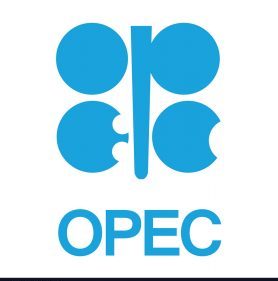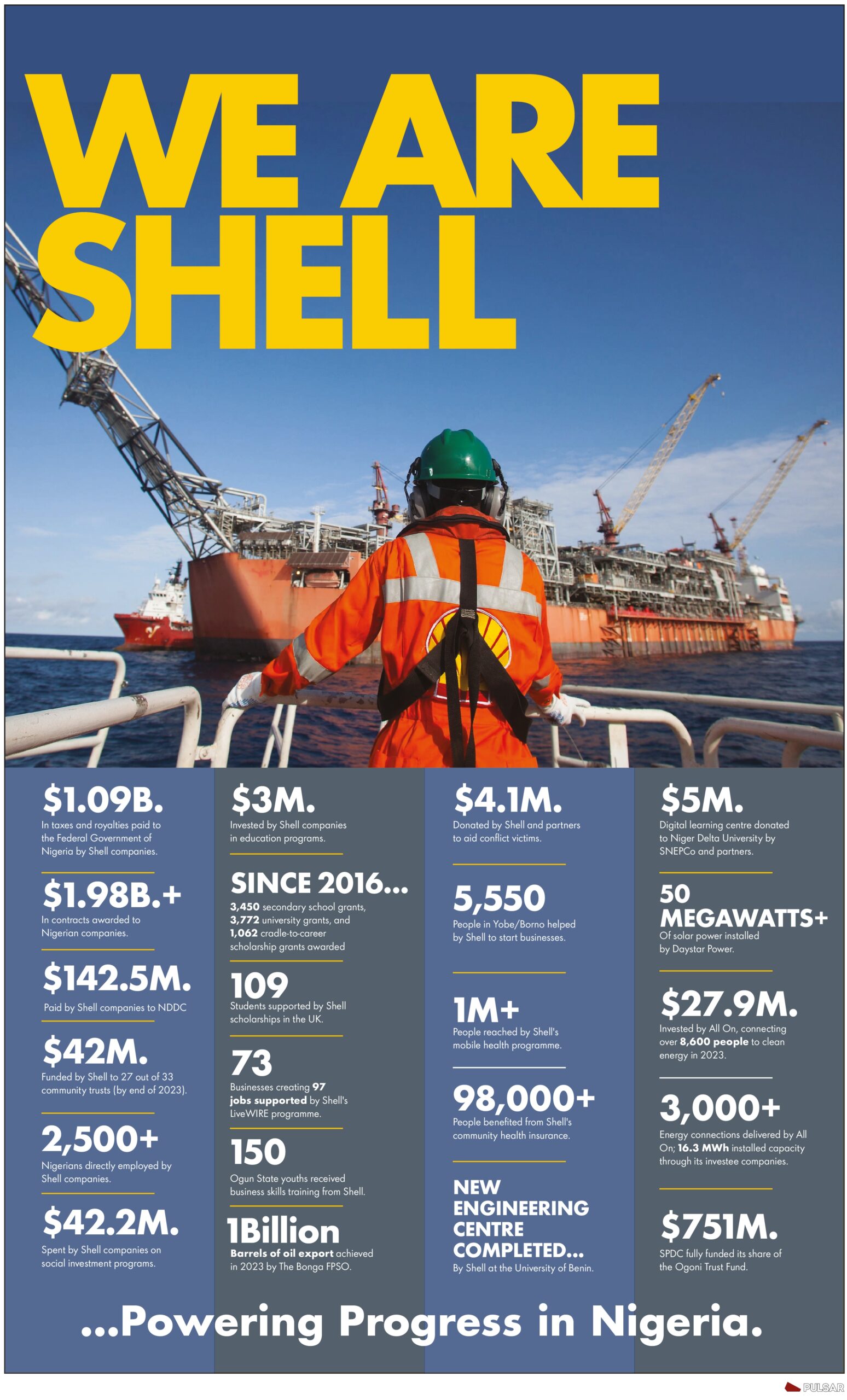For the second month running, the leading OPEC producer, Saudi Arabia, has extended its voluntary 1M bbl/day oil production cut for another month, this time till August.
The reduction will take the country’s production to ~9M bbl/day, the lowest level in several years. Saudi has been single-handedly sacrificing sales volume in bid to goose weak oil prices, but has so far reaped little reward. Spot oil prices have responded positively, with WTI price climbing 2.1% to trade at $71.25 per barrel at 1145 hrs ET while Brent was up 2.0% to change hands at $76.15 per barrel.
But oil traders remain unconvinced, with Marwan Younes, chief investment officer of hedge fund Massar Capital Management, saying the gains are likely to be short-lived.
“The problem is when you cut production in an already weak environment, the impact is limited. It looks like we could be here for a while,” Ole Hansen, head of commodity strategy at Saxo Bank, has told the Wall Street Journal.
Last month, Wall Street maintained its bearish sentiment after Saudi Arabia announced its first extension with Goldman Sachs’ oil ultrabull Jeff Currie once again cutting his Brent forecast for December, this time to $86 a barrel from $95 and $100 before that. Currie cited increasing supply from Russia, Iran and Venezuela; growing recession fears and persistent headwinds to higher prices from higher interest rates for his growing bearishness.
Analysts at Citi are also quite bearish, recently saying the Saudi cuts are unlikely to sustain a gain into the high $80s or low $90s thanks to lackluster demand and stronger non-OPEC supply by year-end.
The oil futures markets have also turned deeply bearish with short sellers ruling the markets.
The collapse of Silicon Valley Bank in March triggered massive capital flight from oil to precious metals as panic spread that this could be the early innings of yet another banking and financial crisis.
According to commodity analysts at Standard Chartered, the SVB collapse led to the fastest-ever move to the short side in oil markets, with speculative short volumes more than six times larger than those after the collapse of Lehman Brothers and Bear Stearns in 2008. Money-manager positions across the four main Brent and WTI futures contracts became shorter by a record 228.9 million barrels (mb) in the space of just two weeks.
Predictably, oil prices cratered to multi-year lows in a matter of days before mounting a half-hearted rally thanks to the 2nd of April decision of some OPEC+ members to make voluntary output cuts.
Oil Agencies More Bullish
But not everybody has turned into an oil bear with leading oil agencies having a more positive outlook.
According to the International Energy Agency, global oil consumption remains on track to rise by 2M bbl/day this year to an all-time high 101.9M bbl/day. Inventories are gradually tightening and should deplete further as OPEC+ implements new production cuts. Crude oil inventories have fallen below the five-year average for the first time this year. Last week, implied gasoline demand rose by 992 thousand barrels per day (kb/d) w/w to a 15-month high of 9.511mb/d.
StanChart has predicted that the OPEC+ cuts will eventually eliminate the surplus that had built up in the global oil markets over the past couple of months. According to the analysts, a large oil surplus started building in late 2022 and spilled over into the first quarter of the current year. The analysts estimate that current oil inventories are 200 million barrels higher than at the start of 2022 and a good 268 million barrels higher than the June 2022 minimum.
However, they are now optimistic that the build over the past two quarters will be gone by November if cuts are maintained all year. In a slightly less bullish scenario, the same will be achieved by the end of the year if the current cuts are reversed around October. This should shore up prices.
“Oil prices are caught in a clash between two opposing forces, bearish asset allocators who point to monetary contraction and bullish oil speculators expecting lower inventories in 2H23. The bearish allocators will maintain the upper hand for now, as oil prices struggle to rally until the Fed eases money supply,” Bank of America Global Research’s Francisco Blanch has said.
By Alex Kimani for Oilprice.com

